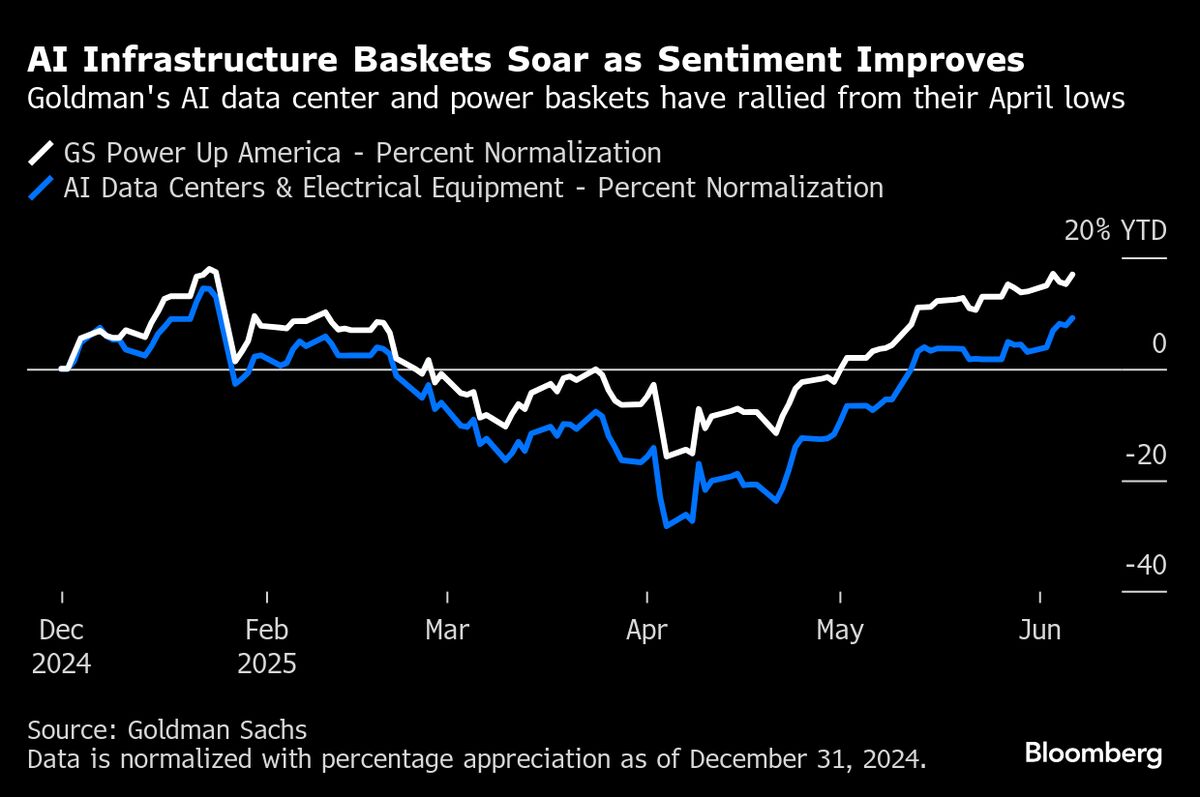Tech Industry
Recent Articles
Sort Options:

Getting itchy feet at work? Now could be a really good time to look for a new job in tech
A recent Hays study reveals that 78% of organizations face skills shortages, with many tech professionals considering job changes. The trend towards remote, cross-border employment is growing, as job security and career progression become key motivators for workers.

AI Infrastructure Trade Roars Back as Tech Giants Boost Spending
Shares of AI infrastructure companies are rebounding sharply, driven by renewed spending from Big Tech, which is restoring investor confidence in this volatile sector. The article highlights the significant market recovery following earlier declines.

AI Agents And Trade Policies: The Biggest Impacts On Tech Today
Global supply chains are crucial to the technology sector, making it vulnerable to disruptions caused by trade policies. The article highlights the significant impact of these policies on the stability and growth of the tech industry.

Become More Like A Technology Company, But Eject The ‘Bro’ Culture
A growing crisis within tech culture threatens to stifle innovation and creativity. The publication explores the underlying issues and their impact on the industry, highlighting the need for a renewed focus on fostering a vibrant and inventive environment.

Your employees are right, your tools suck
The article discusses the challenges of Shadow IT in enterprises, emphasizing the need for composable solutions and AI integration to enhance user experience. It highlights how personalized interfaces can improve productivity and reduce reliance on unauthorized software.

Ensure Hard Work Is Recognized With These 3 Steps
The article highlights misconceptions in the tech industry regarding hard work and recognition. It emphasizes the importance of strategic effort, relationship-building, and proactive feedback to ensure engineers achieve meaningful results and career growth.

IT pros are caught between an AI rock and an economic hard place
Despite a stronger-than-expected growth in the US jobs market in April, analysis reveals a decline in tech job opportunities, leaving many IT professionals feeling overlooked in the current employment landscape.

The New Industrial Identity
As emerging technologies surge, American industry faces critical challenges. The publication explores whether the sector can swiftly adapt and reinvent itself to remain competitive in this rapidly evolving landscape.